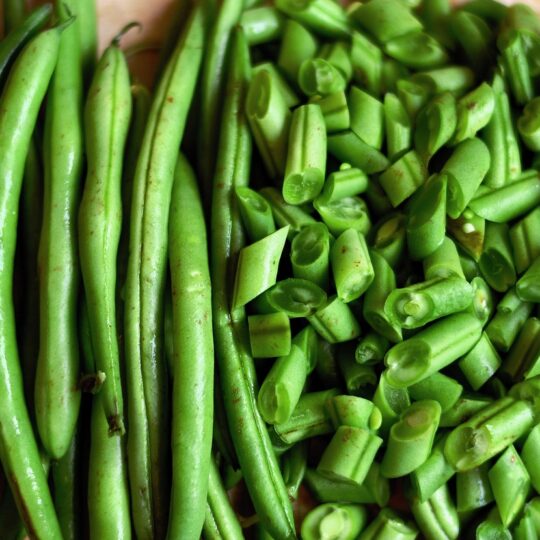
Oregon is ranked 4th in United States green bean production. In 2020, the state grew 1.3 million tons. That was 8% of the US green beans. All of those beans were worth over 20 million dollars to Oregon. There are close to 500 farms that grow green beans on about 13,000 acres.1 Most of the green beans grown in Oregon are for processing, not to sell fresh. The majority are canned or frozen.2
Green beans are sometimes called snap beans or string beans. They originally came from South and Central America. Indigenous tribes spread their seeds to other areas. Explorers also brought green beans to North America and other countries in the late 1400s. Native Americans grew green beans with corn. The beans would use the corn as a pole and grow up them. In the late 1800s farmers started to breed green beans. They wanted to grow better varieties with less strings.3
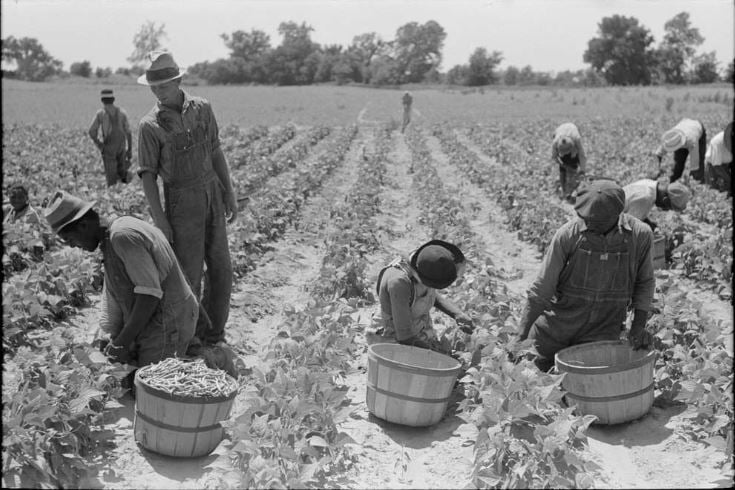
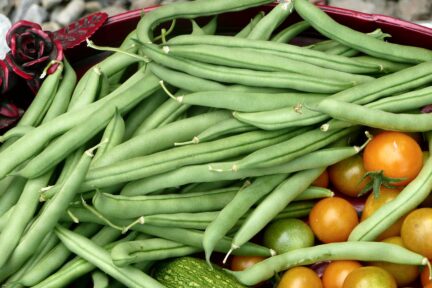
Blue lake green beans were originally bush beans in the early 1900s. A pole type was created in 1961. Blue lake beans can be canned or eaten fresh. The pods are 5-6 inches long. This variety came to Oregon in 1923 and has been improved on since then.4
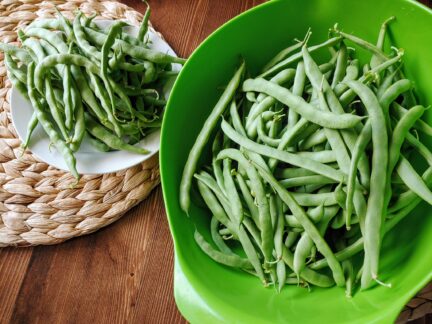
Kentucky Wonder green beans are an heirloom variety. These beans are good fresh, frozen, or canned. Their pods tend to be 4-5 inches long. Kentucky Wonder plants grow many beans and have a high yield. This variety have been around since the mid 1800s.5
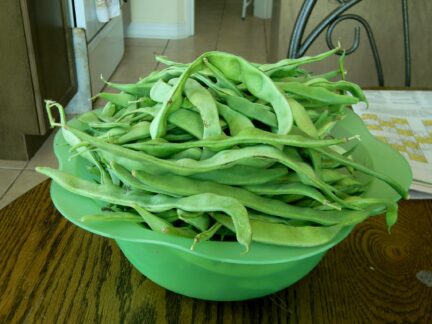
Romano beans come in both pole and bush type. Their pods are usually 5-6 inches long. They are flatter than many other types of green beans. Romano beans can be different colors. Some are yellow, some are white, and there are even purple Romano beans.6
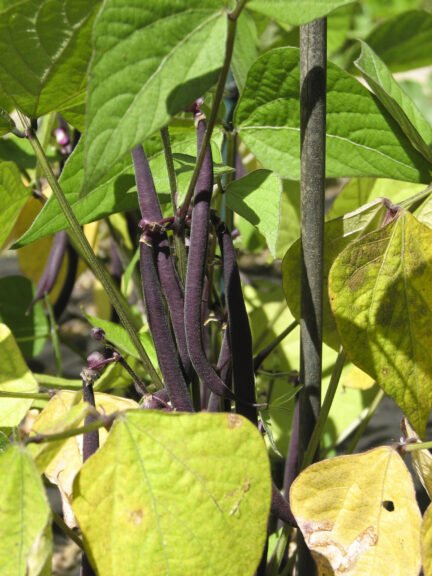
Trionfo beans are considered a green bean, but the pods are purple. They become bright green when they are cooked. The pods are 7-10 inches long, which is longer than many varieties. The plant has green leaves with purple veins and stems.7
Green beans are planted in the spring, after winter’s last frosts have happened. They are planted as seeds, directly into the soil. Bush beans are planted in rows in open fields. Pole beans are also planted in rows, but have a trellis system to grow on.
The plants will produce blooms that will grow into bean pods. Green bean plants do not have to be pollinated. About three weeks after the beans flower, the pods are ready to be harvested. It takes about two months for a green bean plant to grow from seed to harvest.8
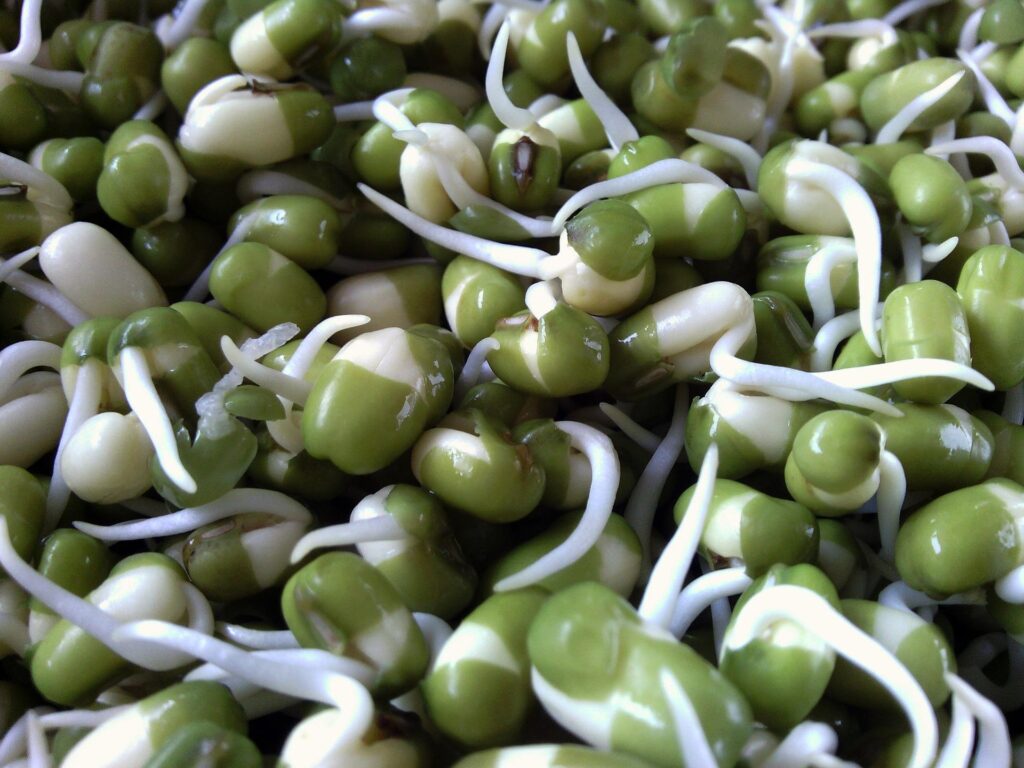
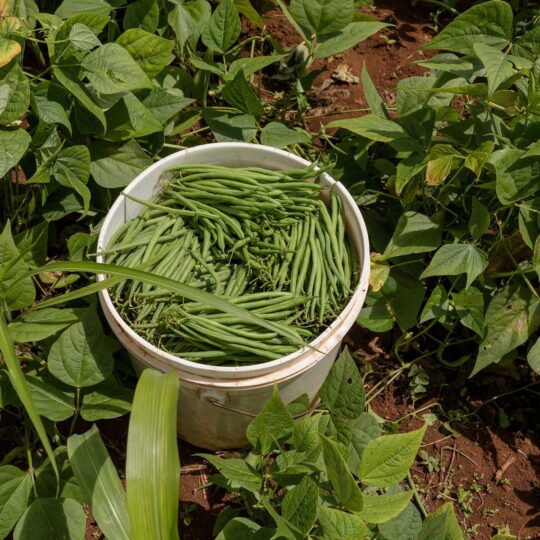
Most green beans are harvested with a machine. The harvester drives through the field, separating the beans from the plant. The beans will move along belts and leaves or other debris will be removed. Harvested beans are taken to a plant where they will be processed by cleaning, cutting, and more.
Beans that are harvested by hand are able to be picked multiple times and each bean pod can be picked when it is ripe. That isn’t possible with machine harvesters. They take all the pods at once.9
Aphids are one of the insects that can damage green beans. They feed on the plants, sucking sap out of leaves and stems. This can cause the leaves to curl and keep the plant from growing. The aphids create honeydew as they eat. Sooty mold can grow on the honeydew. Aphids can also spread viruses and diseases between plants.10
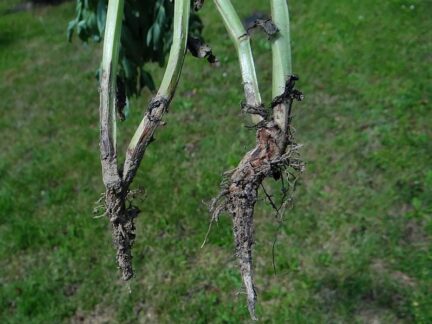
Fusarium root rot is caused by a fungus that lives in the soil. Wind and water can move the fungus through fields. The fungus only infects the roots, not the stems or leaves. The roots will change color and rot. Unhealthy roots cause plants to have a harder time getting water and nutrients from the soil. That can lead to small plants and yellow leaves.11
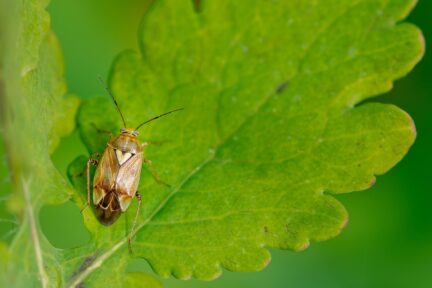
Lygus bugs are brown insects that are about a quarter inch long. They damage green bean crops by feeding on the blooms and pods. Lygus bugs lay eggs on plant stems. When the eggs hatch, they drink the juices from the plant.12
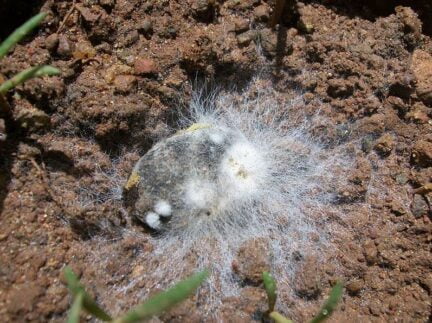
White mold is another fungus that can live in the soil. When weather warms up in the spring, the fungus can release spores into the air that move through the field. It can infect the healthy parts of plants, like leaves and flower blooms. It can cause wounds on stems and leaves. The plants can also wilt and die. Sometimes white mold looks like cotton in a field.13
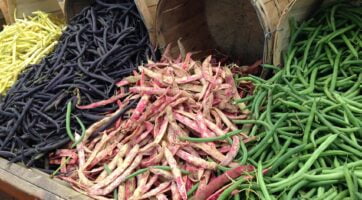
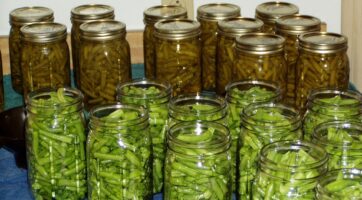
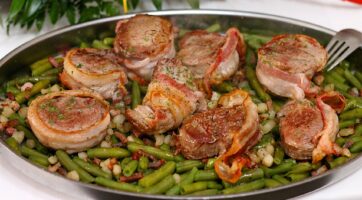
To selectively change the traits of a plant.
Old plant varieties, usually from before plant breeding became common.
Originating or occurring naturally in a particular place; native.
Long, thin, firm pouches that contain the seeds of a pea or bean plant.
To handle, treat, or change something. This could be cutting, freezing, and more.
A tiny reproductive body made up of one or more cells, produced by certain animals and plants.
A framework used as a support for climbing plants.
The amount of crop produced.